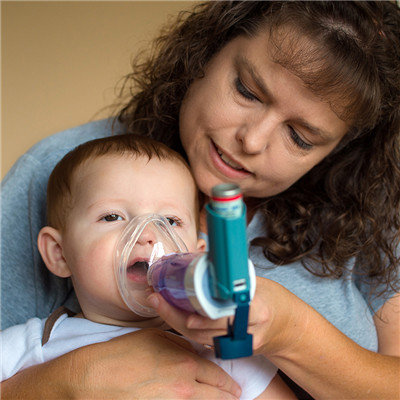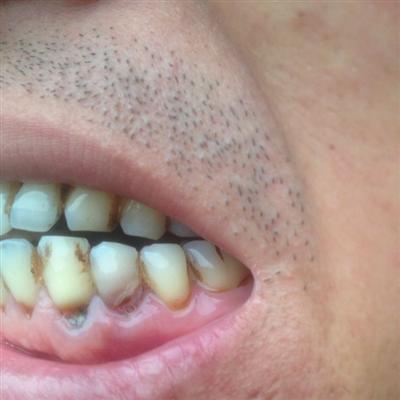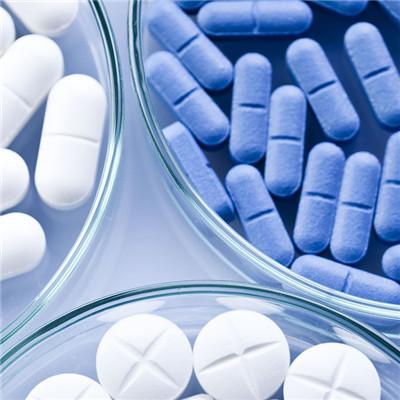Symptoms of suppurative otitis media in children
summary
Suppurative otitis media is a kind of suppurative inflammation of middle ear mucosa, which often occurs in children. It is also a common cause of hearing loss in children. Acute suppurative otitis media is a common infectious disease in childhood. It has a high incidence rate, easy to relapse, and has many complications and sequelae. The symptoms of suppurative otitis media children talk to you.
Symptoms of suppurative otitis media in children
The ability of infants not to be afraid to report their illness is often manifested as scratching their ears, shaking their heads and crying for unknown reasons. Systemic symptoms are severe, fever, often accompanied by gastrointestinal poisoning symptoms such as nausea, vomiting, diarrhea, etc. Because the petrosquamous suture of children under 2 years old has not been closed, and there are abundant blood vessels and lymphatic vessels between the middle ear mucosa and dura mater, the acute suppurative inflammation of the middle ear may affect the adjacent dura mater and cause meningeal irritation.

In the early stage of otoscopy, congestion occurred in the relaxed part of tympanic membrane, and radial dilated blood vessels could be seen around the bone handle and tension part. Secondly, the tympanic membrane was diffusely congested, swollen and bulged out. Normal signs were difficult to identify, and small yellow dots could be seen locally. If the inflammation can not be controlled in time, it will develop into tympanic membrane perforation. The perforation is usually very small at the beginning and difficult to see clearly. After thorough external ear guidance, there is a pulsating bright spot at the perforation, which is actually pus gushing out from there. In necrotic type, the tympanic membrane dissolved rapidly and formed large perforation.

There may be slight tenderness in the mastoid part of the ear palpation, and the tympanic sinus area is obvious. Most of the hearing tests are conductive deafness. A few patients may have mixed deafness or sensorineural deafness due to cochlear involvement. The total number of white blood cells and polymorphonuclear white blood cells increased, and the hemogram gradually became normal after tympanic membrane perforation.

matters needing attention
Control infection, smooth drainage, remove disease, because of its treatment principle. Early application of antibiotics or other antibiotics to control infection, in order to achieve complete cure. Generally, penicillins, cephalosporins and other drugs can be used. If early treatment is timely and appropriate, perforation of tympanic membrane can be prevented. After large-scale perforation, the pus was taken for bacterial culture and drug sensitivity test. According to the results, sensitive antibiotics were used. Antibiotics need to be used for about 10 days, pay attention to rest, dredge stool. The patients with severe systemic symptoms were given supportive therapy such as rehydration. The tympanic membrane of children is thick and difficult to perforate. In order to avoid infection spreading to the brain, it is necessary to consider tympanotomy, smooth drainage, shorten the course of disease and prevent complications. Mastoidectomy should be performed in time in case of mastoid air chamber collapse and empyema.















